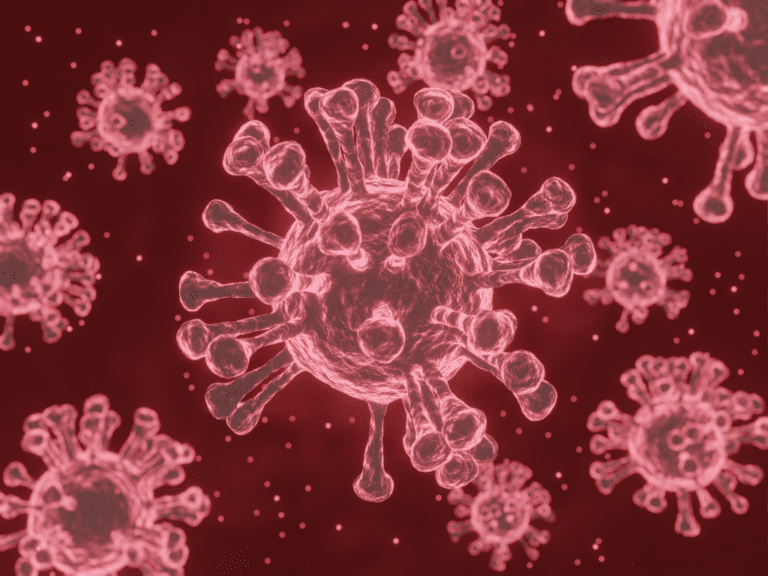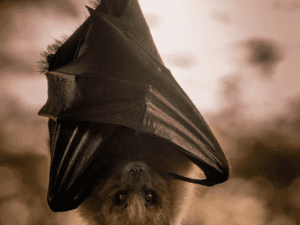
[ad_1]
Report Finds: US Vulnerable to Deadly COVID-Style Pandemic Outbreak
The United States may be the source of the upcoming global epidemic.This investigation from Harvard Law School and New York University, which looked at how people, cattle, and wild animals interact in this area, delivered a dismal warning.
Numerous well-known and dreadful illnesses, such as COVID-19, Ebola, Zika, and pandemic flu, have animal origins.Some got their beginnings abroad, usually in continents like Asia or Africa.These so-called zoonotic diseases are frequently attributed to dangerous activities, lax government regulation, or poor cleanliness in such regions.Researchers discovered that despite the common belief among Americans that “it couldn’t happen here,” restrictions are so lax and encounters so frequent that a virus or other contagious bug could readily spread from animals to people in the U.S., leading to a devastating pandemic.
According to Ann Linder, one of the report’s main authors and associate director of policy and research with the Brooks McCormick Jr. Animal Law & Policy Program at Harvard Law School, “there really is this false sense of security and unfounded belief that zoonotic disease is something that happens elsewhere.” In many ways, I believe we are more exposed than ever.
The report, which is also overseen by NYU’s Center for Environmental and Animal Protection, identifies several vulnerable areas, including industrial farms where millions of animals are kept in close proximity to one another and their handlers; the wild animal trade; where animals are imported with little to no health oversight; and the fur trade; where minks and other animals are bred for their coats with little to no safety oversight.“Through globalization, we’ve erased seas and mountains and other natural boundaries of disease,” claimed Linder, a specialist in law and animal welfare.We’re combining animals and pathogens from many continents and moving at a very fast rate.
US Vulnerable to Deadly COVID-Style Pandemic Outbreak…
An inquiry for comment was not immediately answered by a pork industry organization.According to Delcianna Winders, an associate professor of law and the head of the Animal Law and Policy Institute at Vermont Law and Graduate School in Royalton, workers on pig and poultry farms are particularly susceptible because there aren’t any laws protecting them.“The raising of animals on farms is seldom regulated at all.Although there isn’t much oversight of slaughterhouses, what there is is woefully inadequate and deteriorating, according to Winders, who wasn’t part in the report but does related research.The federal government is currently reducing oversight of slaughter rather than doing such.
The mink and bigger fur industries are much less controlled because they don’t generate food, according to Linder.According to a different study that was published last week in “Proceedings of the National Academy of Sciences,” mink “pose a risk for the emergence of future disease outbreaks and the evolution of future pandemics, more so than any other farmed species.”Other research has revealed that the COVID-19-causing SARS-CoV-2 virus may infect mink, and during the first two years of the pandemic, outbreaks were found on 18 American mink farms.At least four Americans were thought to have contracted the disease, two of whom worked on mink farms.
An industry trade group’s executive director, Challis Hobbs, stated, “We unequivocally assert our commitment to the health and safety of our animals, our workforce, and the communities in which we operate.”Beginning in the summer of 2021, the industry, in collaboration with the federal government and state agencies, immunized 95% of the mink population in the United States.The mink farmers, who are also contributing to the expense of a SARS-CoV-2 surveillance initiative on mink farms, paid the entire price.
“Despite assertions made by animal rights activists,” he asserted, “U.S.-farmed mink pose no serious harm to the general public.According to Linder, the United States imports some 220 million live wild animals annually for use as pets and other purposes, frequently without any kind of health or safety inspections.There is a procedure if someone wants to bring a dog or cat into our country, according to Linder.However, if I were a wildlife importer and wanted to bring 100 wild creatures from South America into the country, I could do it with almost any restriction at all.
The outbreak of Ebola in West Africa from 2013 to 2016 may have started with the earliest case, which was attributed to bush meat.She claimed that while it is prohibited to import bush meat into the US, it is not prohibited to import the live animals from which bush meat is derived.There are significant gaps.
Additionally highlighting the lack of industry transparency were Linder and Winders.“So much of this is hidden from the public view,” Winders added.We are not monitoring, thus there is a lot we don’t know.
The amount of money the government spends supporting and shielding businesses that, in Winders’ opinion, put the safety of the American people in jeopardy worries her.She hopes that Congress will use the Farm Bill’s reenactment this year to restrict subsidies and set new safety measures for the animal sectors.
Health and patient safety coverage at USA TODAY is made possible, in part, by a grant from the Masimo Foundation for Ethics, Innovation and Competition in Healthcare. The Masimo Foundation does not provide editorial input.
always refer our website for more health and fitness news…Click Here
